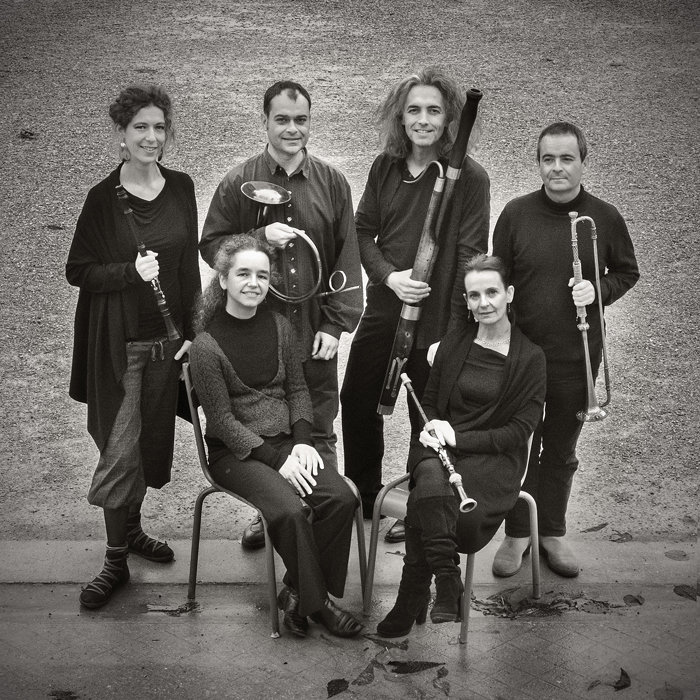The Eolus Ensemble
Under this name referring to the god of wind, wind instrumentalists assemble who are specialists on ancient instruments from the 17th and 18th centuries.
Very fond of the Baroque repertoire and nourished in their executions by patient musicological and organological research, they utilize their instruments in a shape as historically accurate as possible and with a manner of performing leaving hardly any room for present-day compromises.
As far as the brass instruments are concerned, this means utilizing natural horns and trumpets which have not been altered by the (modern) system of vent holes or by stopping the bell with one’s hand (post 1750), utilizing mouthpieces of proper shape and gauge.
The woodwind instrumentalists use fingerings found in tabulatures from treatises of the time, on faithful copies of instruments without modified fingerings and with their reeds scraped in a manner as authentic as possible.
Concerning the music itself, great attention is paid to delivering it in as vocal a manner as possible, so as to express its rhetoric in an unequal temperament induced by the intonation of natural brass instruments and simple fingerings, but also with dynamics destined to sound either in the open air or in music rooms.
These options lead to a very special sound, either noble or tender, sometimes rustic and colorful, which in any case reinstates the atmosphere of wind ensembles of the Baroque era.
Jean-François Madeuf, 2016
More on the wind ensembles.

